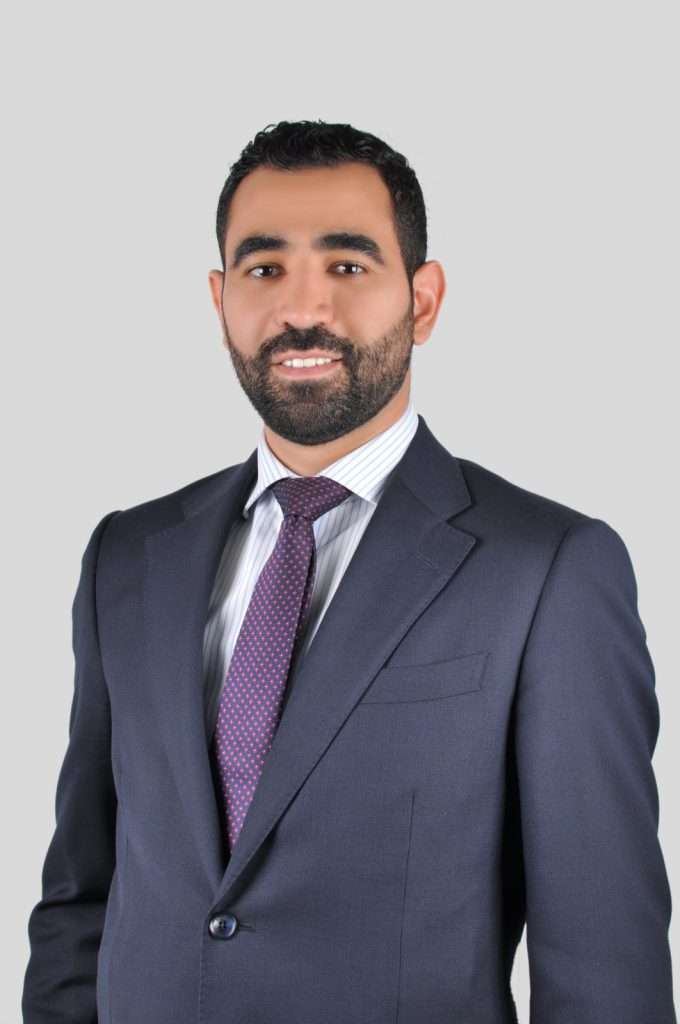Energy transition is a multi-faceted process with numerous moving parts. Energy efficiency is a critical component of this journey, with experts noting that energy efficiency could contribute to reducing CO2 emissions on a scale similar to greenfield renewable energy projects.
Energy efficiency programs are especially suited for the building and construction sectors, which are responsible for over one-third of global final energy consumption and nearly 40 percent of total direct and indirect CO2 emissions, according to the International Energy Agency (IEA).
In this space, retrofitting represents one of the best opportunities for carbon savings over the long term. A green retrofit will include improving the energy efficiency of lighting, air conditioning, ventilation, and other mechanical systems while increasing the quality of insulation.
Lighting is also another critical element of a sustainability strategy. Lighting uses up to 17 percent of a building’s energy consumption. Switching to LED lights instead of incandescent bulbs can reduce energy consumption by 53 percent; a $5 LED can save hundreds of dollars in energy costs over several years.
Third, energy demand for space cooling has tripled since 1990, making it the fastest-growing end-use in buildings. Cooling for residential and commercial buildings was responsible for 8.5 percent of all emissions related to electricity consumption in 2019, according to the IEA. Switching to variable speed drive (VSD)-enabled HVAC systems substantially optimizes energy usage, saving energy costs and reducing carbon emissions. VSDs electronically optimize airflow by decreasing the speed of the motors that drive fans and pumps and matching them to demand, which results in energy savings.
While cost used to be a barrier to clean energy investments for utilities and organizations, several innovative financing options are available that shift CAPEX from the customer to the Energy Services Company (ESCO) under an Energy Performance Contracting (EPC). The first one is the Guaranteed Savings Model, where an ESCO such as ENGIE Solutions provides a turnkey solution that includes engineering, design, implementation, and commissioning for a proposed energy project. The customer pays for all the energy project costs, with project savings guaranteed by the ESCO.
The Shared Savings model, on the other hand, is where the ESCO provides all engineering, equipment, and capital expenses for an energy efficiency project. All project costs are subsequently paid for from the savings generated by the project and shared with the owner, where the CAPEX and savings guarantee are under the ESCO’s responsibility. Here, the owner benefits from the savings and the retrofit of his facility with zero CAPEX and zero risk.
The choice a customer makes depends on their specific situation. A guaranteed savings model is more attractive for larger organizations with enough resources to fund the cost of the initial project, whereas a shared savings model is suited for businesses without ready access to funds.
Technology and sustainability are deeply interlinked. Today, all the fourth industrial revolution (4IR) technologies are utilized in sustainable projects to deliver digital transformation in the energy sector. IoT sensors gather temperature, humidity, vibration, lux, motion and air quality data that traditional building services systems do not measure. Analysis of this data allows ESCOs to deliver insights that optimize energy usage and cost savings.
Advanced O&M tools and smart building technology can monitor the operation and maintenance of all assets remotely and proactively. This allows for predictive maintenance issues before assets fail, thereby making data-driven decisions about asset lifecycle and replacement. Smart buildings and analytics technologies, combined with Artificial Intelligence (AI) and Machine Learning technologies, allow proactive efficiency analysis of customers; assets, automatically identifying any issues and extending asset life.
In the case of ENGIE Solutions, we have brought all our technologies together in an Operations Control Centre (OCC) called the Integrated Centre for Engineering & Environment (iCEE), which improves the visibility and control of energy and asset performance across our client’s portfolios.
ENGIE Solutions remains the leader in energy transition and renewable energy projects in the region, having implemented numerous regional projects. To date, the company has delivered nearly 250 million kWh in accumulated energy reduction, more than 130 million tons in accumulated C02 abatement and roughly US$30 million in accumulated cost savings for Middle East customers.
These include the Green Mosques – Pilot Project in Kuwait, where ENGIE implemented Energy Conservation Measures (ECM) following an energy audit of the mosque. The project has delivered more than 30 percent savings on electricity consumption, with no change in comfort levels during prayer time. The project is supported by a Smart Metering System for real-time monitoring of electricity consumption.
ENGIE Solutions was recently awarded the Best MENA Retrofit Project of the Year at the Retrofit Tech Summit and Awards for delivering 30 percent energy savings, equivalent to 30,000 tons of emissions annually, under a guaranteed performance contract for the Medical City of King Saud University in Saudi Arabia.
The race toward net zero is on. The building and construction sector is at the forefront of this transition and its contributions will have an essential role in our collective efforts to decarbonize the region and the world.

